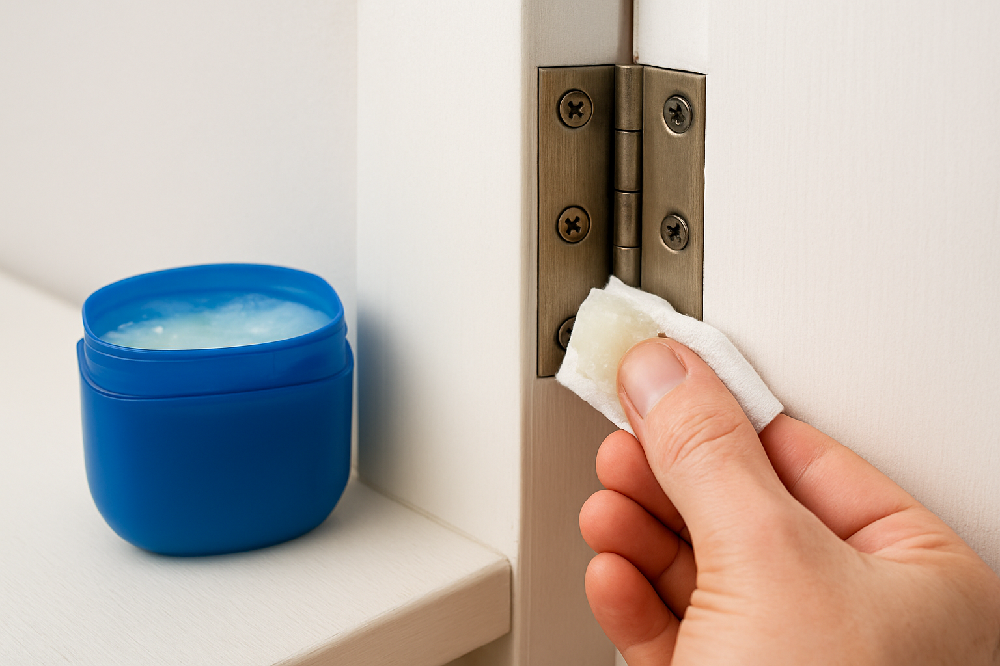Disability-Friendly Splashbacks: Height, Texture & Contrast for Visually Impaired Cooks
_1000.png)
Building an accessible kitchen isn’t just good practice—it’s a strategic win. When you design with visually impaired cooks in mind, the splashback becomes a key workflow enhancer. Height, texture, and contrast aren’t merely design choices; they’re operational levers that sharpen safety, boost confidence, and drive a seamless culinary experience anchored in time-tested best practices.
Optimizing Height for Predictable Reach
Consistency is king. When a splashback is installed at a height that aligns with established touchpoints—worktops, control knobs, wall edges—it helps visually impaired users map the kitchen with ease. This predictable layout drives muscle memory and reduces unnecessary navigational friction.
Right-sized height placement also reinforces intuitive orientation, giving the user a reliable spatial anchor throughout daily cooking tasks.
Deploying Texture as a Navigational Framework
Texture becomes a guidance system in an accessible kitchen. By leveraging varied finishes, you create tactile micro-landmarks that help visually impaired cooks interpret zones quickly.
• Raised or embossed textures: Signal hazard zones such as stovetops.
• Smooth, glossy finishes: Mark safe pass-throughs or neutral areas
• Matte, grippy textures: Define prep or high-contact work zones.
This tactile strategy modernizes a traditional design principle—letting touch lead where vision may not.
Driving Contrast for Low-Vision Clarity
Visual contrast is a timeless accessibility standard. Strategic color differences between the splashback and surrounding surfaces amplify visibility and accelerate recognition.
Whether it’s bold dark-on-light pairings or patterns that create depth, contrast helps low-vision cooks move with certainty. It cuts down on guesswork, supports safety, and enhances the overall kitchen workflow.
Material Selection That Supports Durability and Inclusivity
A future-proof kitchen balances rugged materials with custom accessibility features. Glass, acrylic, and composite splashbacks offer longevity—but the edge comes from tailoring finishes, colors, and tactile cues.
This is where DIY Splashbacks leads from the front. Their customizable range allows you to:
• Adjust texture for tactile clarity
• Select high-contrast color options
• Fine-tune sizing and height specs
You can also deep dive into their design ranges for texture and contrast-driven layouts:
Future-Proofing Through Inclusive Design
Disability-friendly splashbacks align legacy design wisdom with modern accessibility mandates. When you harmonize height, texture, and contrast, you build a kitchen that empowers visually impaired users while maintaining classic design integrity.
For tailored designs, tactile customization, and high-contrast splashback concepts, explore the full range at DIY Splashbacks.
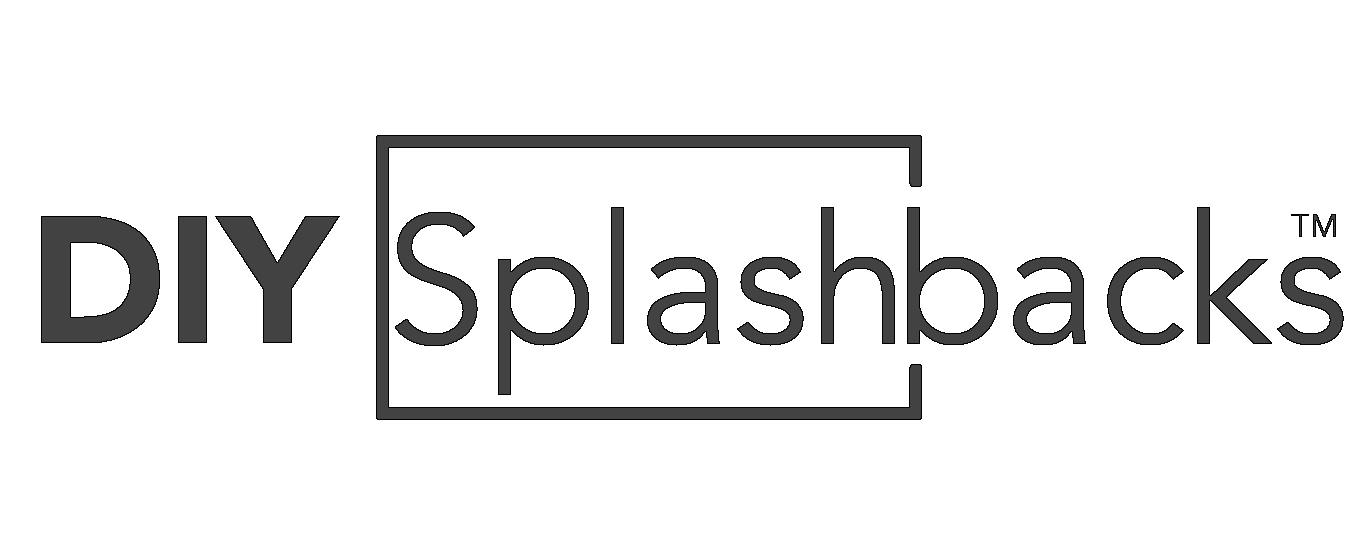
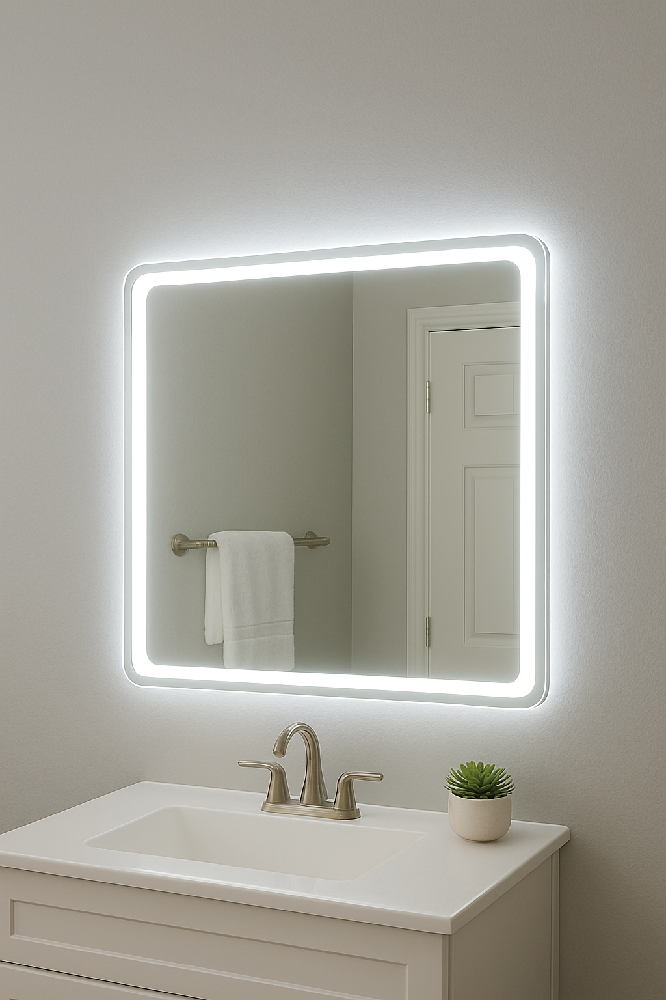
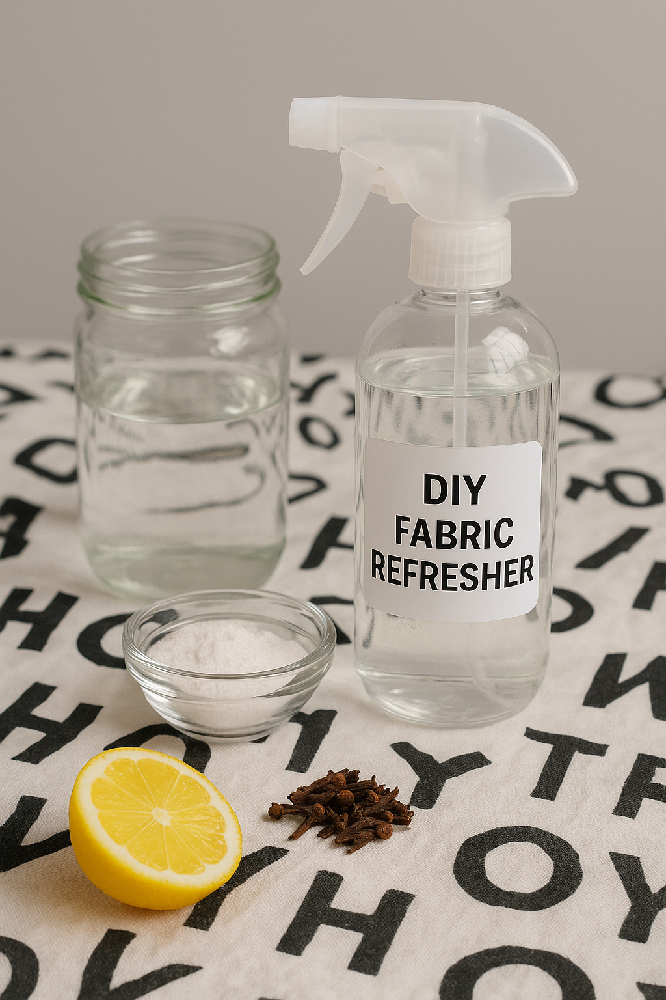
 (14)_1000.png)
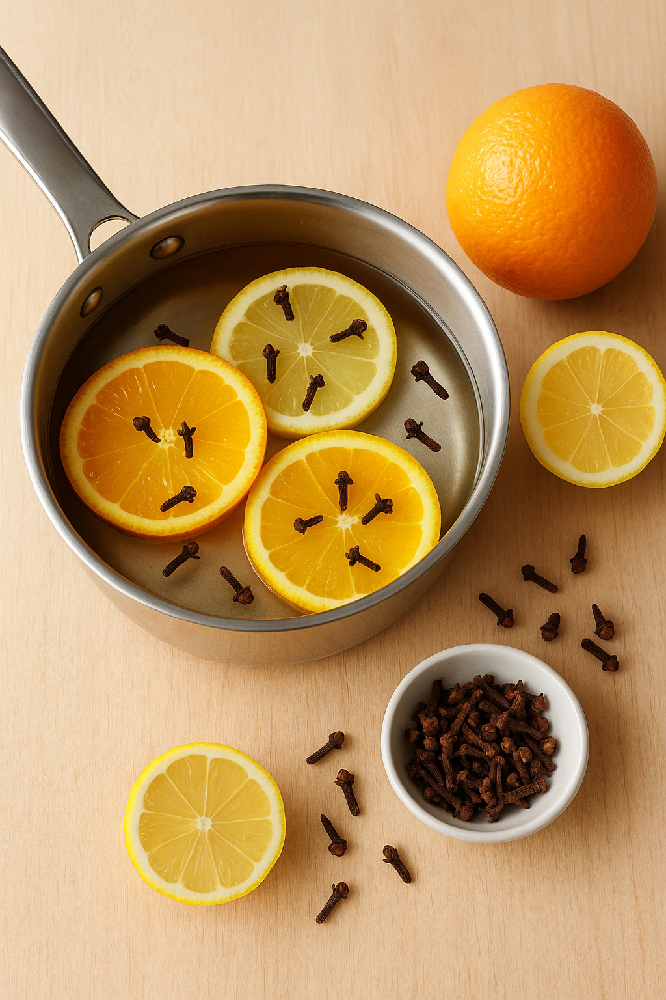
_1000.png)
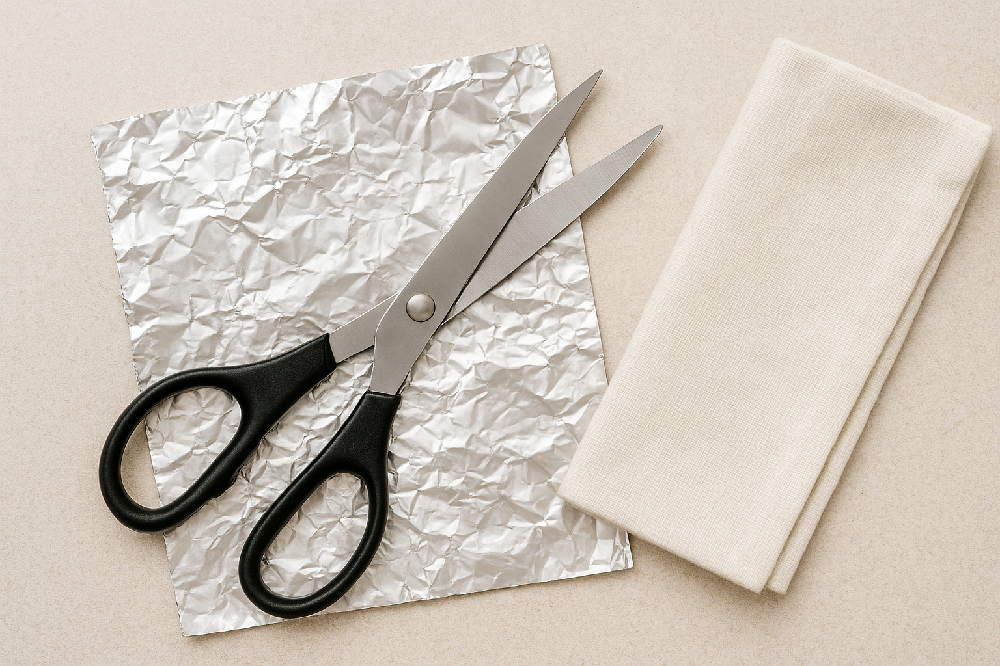
_1000.png)
